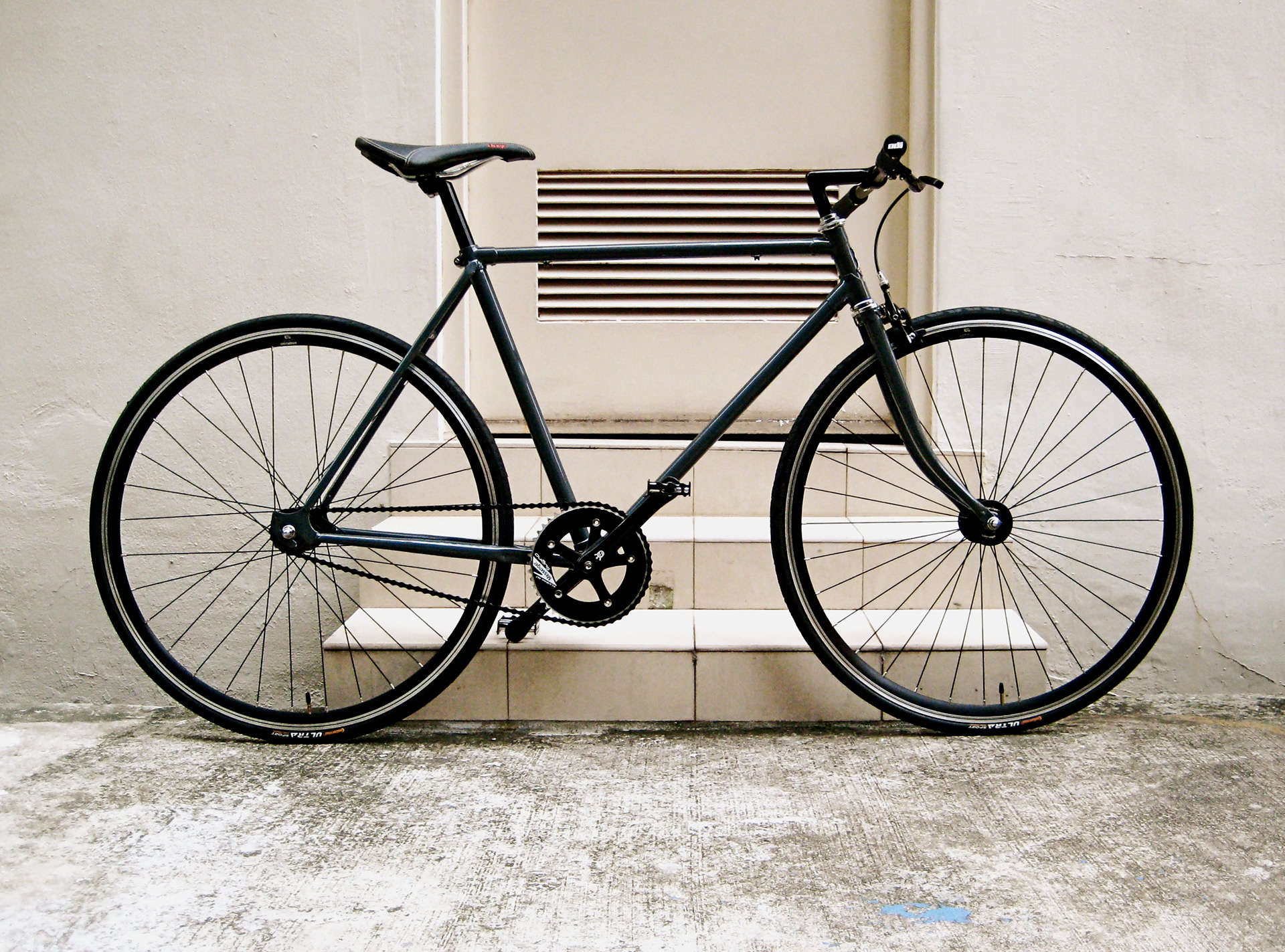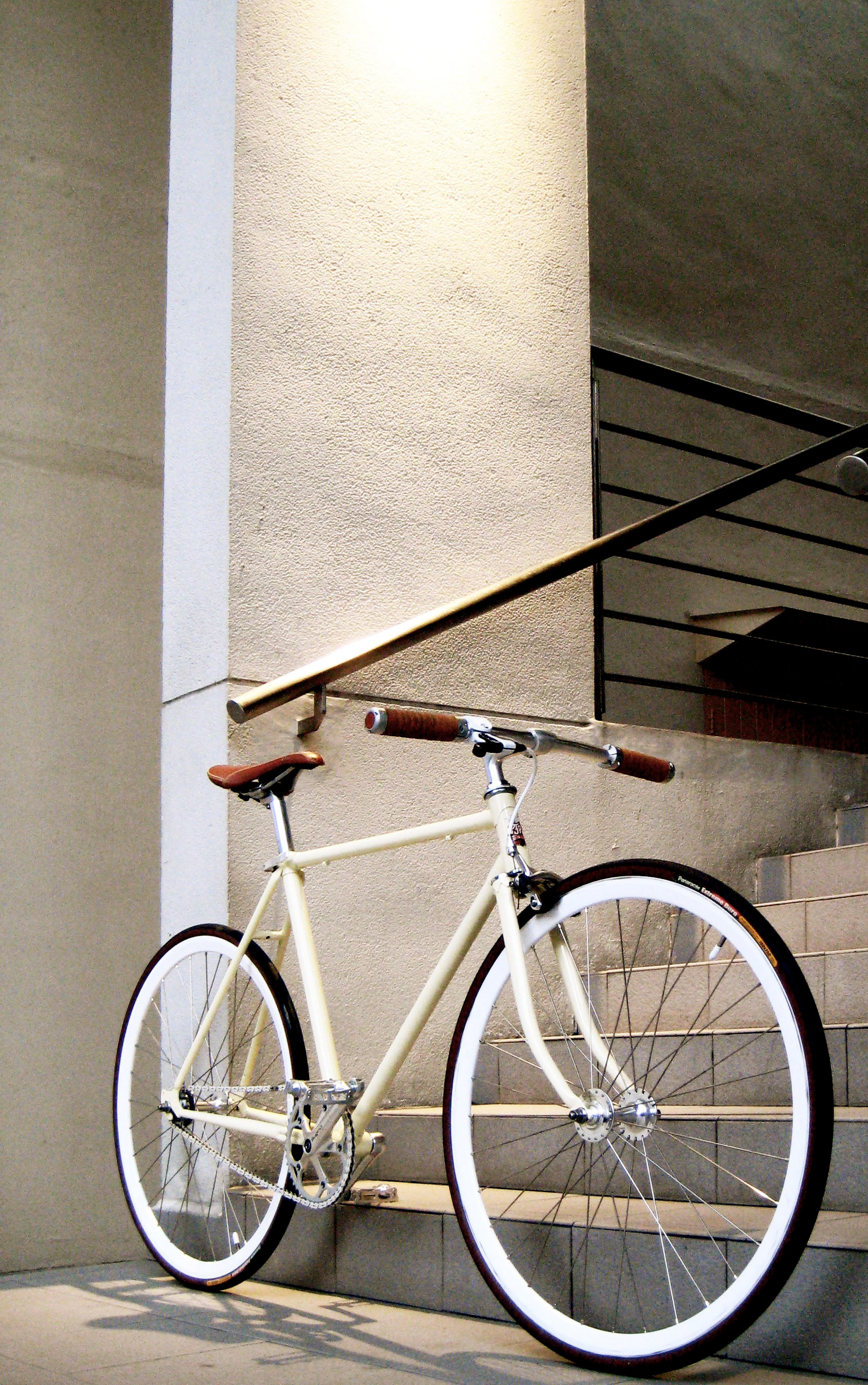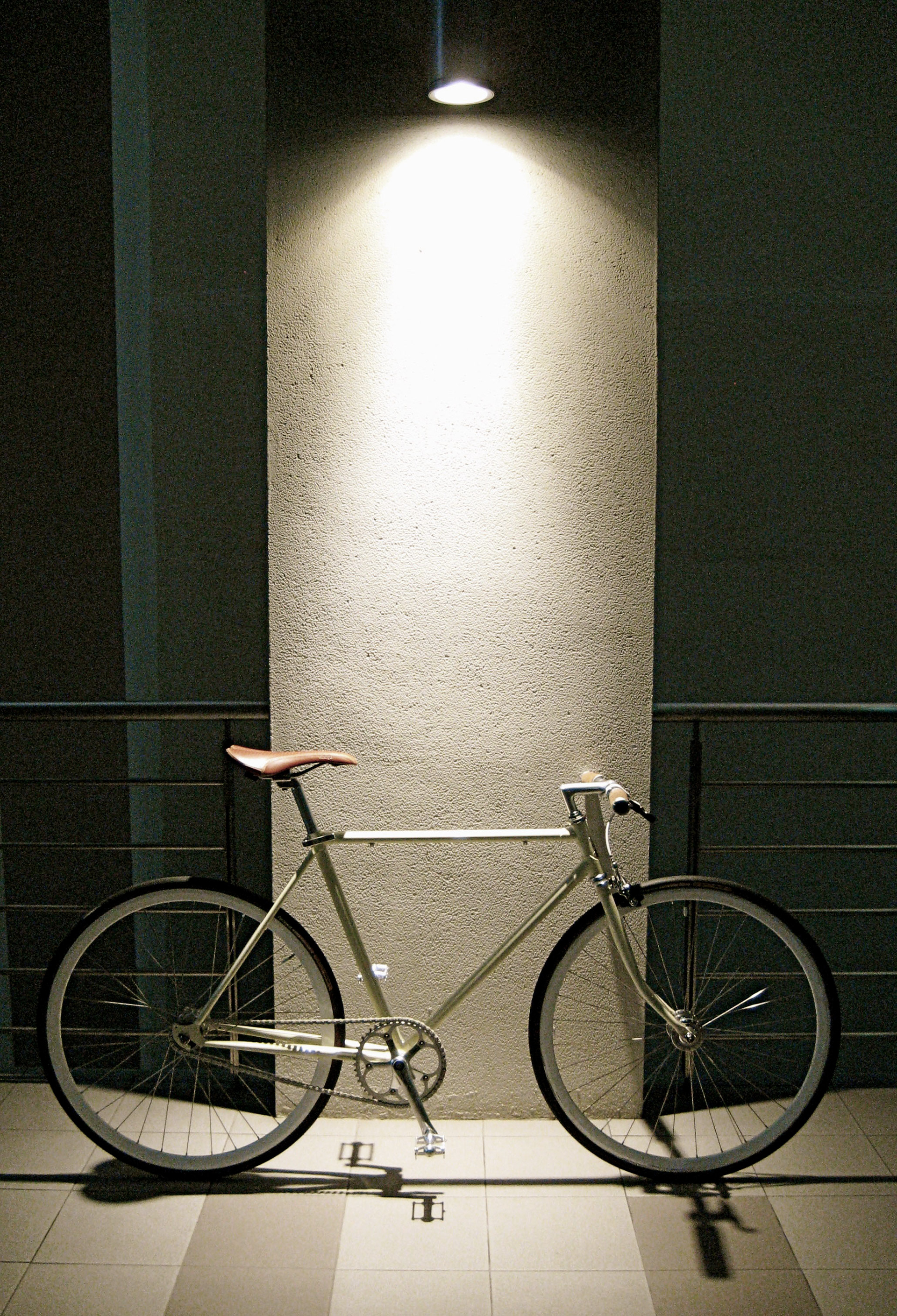About Flying Pigeon Bike
The Flying Pigeon bike pioneered cycling in China, symbolizing more than just transportation. Alongside sewing machines and watches, it was an essential possession, embodying modest affluence during challenging times. In Maoist China, it represented an egalitarian society, offering dependable rides in the midst of austerity. Its logo became synonymous with bicycles nationwide during the 1960s and 1970s.
The Flying Pigeon's influence soared to such an extent that Deng Xiaoping, the leader of post-Mao China, envisioned prosperity as "a Flying Pigeon in every household." By the early 1980s, it was China's dominant bike maker, with its iconic 20-kilo single-speed models earning national pride. A waitlist and connections were necessary to obtain one, demanding about four months' wages for most workers.
Flying Pigeon Deconstruct
As a devoted admirer of Singlespeed/Fixie bikes, I couldn't resist the idea of deconstructing an old, iconic Flying Pigeon. With my designer's touch, I embarked on a two-month journey of art direction to resurrect a classic. I meticulously resprayed the frame in a workshop, sourced components online, and scoured various bike shops for the perfect mechanic to assemble it. The process, while not without its challenges, was an absolute blast.
My creation garnered attention when I shared it on bike blogs/forums, sparking inquiries from curious minds seeking to replicate the transformation. Interestingly, the dealer for Flying Pigeon noticed a surge in sales and subsequently raised their prices. Leading the charge in Singapore to rejuvenate Flying Pigeon Bikes into modern Singlespeeds, I affectionately christened these reborn marvels as "FP2."
Among the modified components are the Sugino Crank, Charge Spoon Saddle, Brooks Classic Grip, and Velocity rims.





Design Director: Thomas Yang